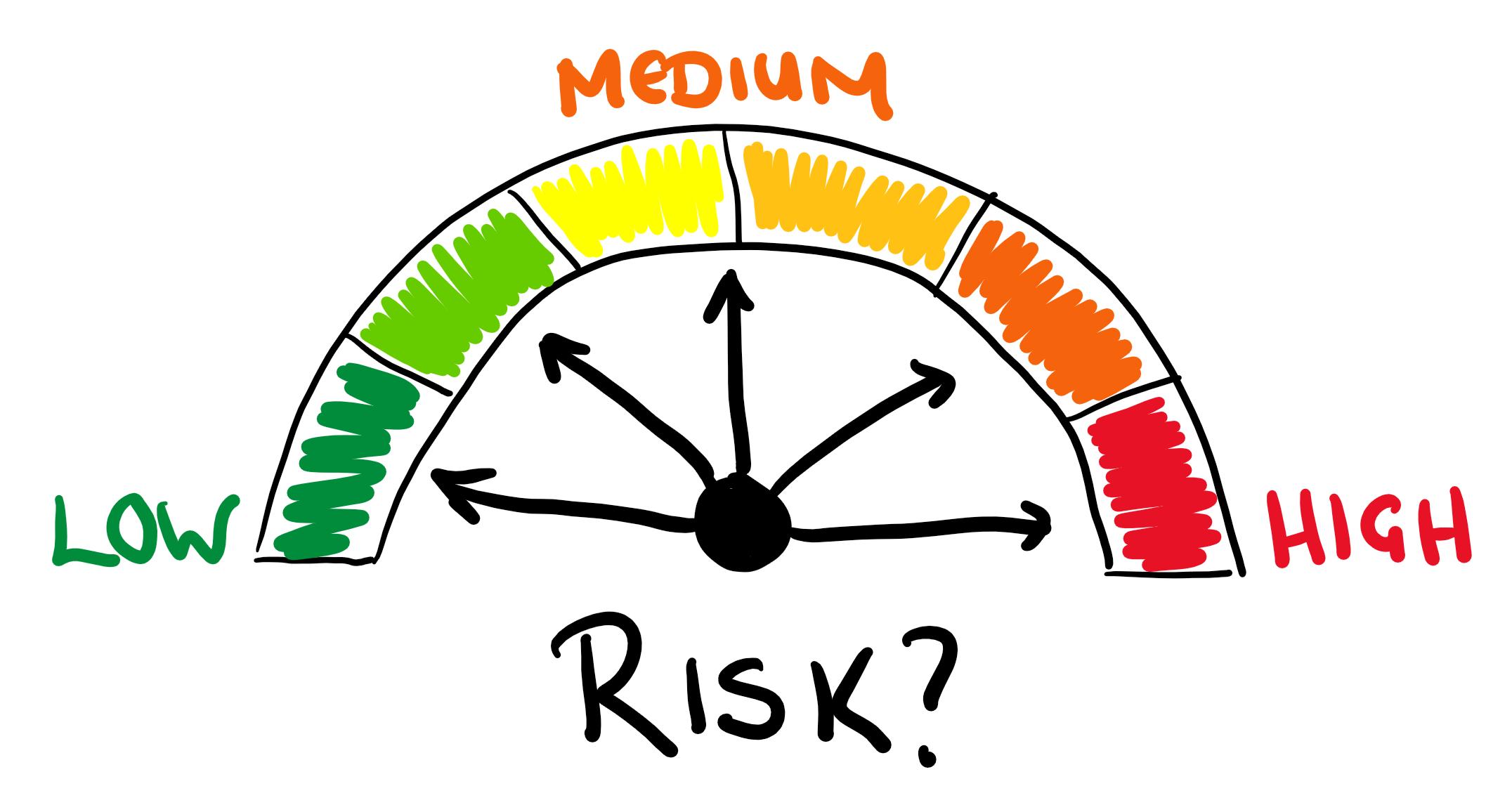Allocating Risks in PPP

Allocating Risks in PPP
Means deciding which party to the PPP contract will bear the cost (or reap the benefit) of a change in project outcomes arising from each risk factor. Allocating project risk efficiently is one of the main ways of achieving better value for money VfM through PPPs.
Two main goals:
1. Create incentives for the parties to manage risk well—and thereby improve project benefits or reduce costs.
2. Reduce the overall cost of project risk by insuring parties against risks they are not happy to bear.
Risk allocation principles:
A central principle of risk allocation is that each risk should be allocated to whoever can manage it best:
1. Best able to control the likelihood of the risk occurring.
2. Best able to control the impact of the risk on project outcomes, by assessing and anticipating a risk well and responding to it.
3. Able to absorb the risk at the lowest cost, if the likelihood and impact of risks cannot be controlled.
Applying these principles does not imply transferring the maximum possible risk to the private sector. Transferring to the private party the risks that it is better able to control or mitigate can help lower the overall project cost, and improve VfM.
